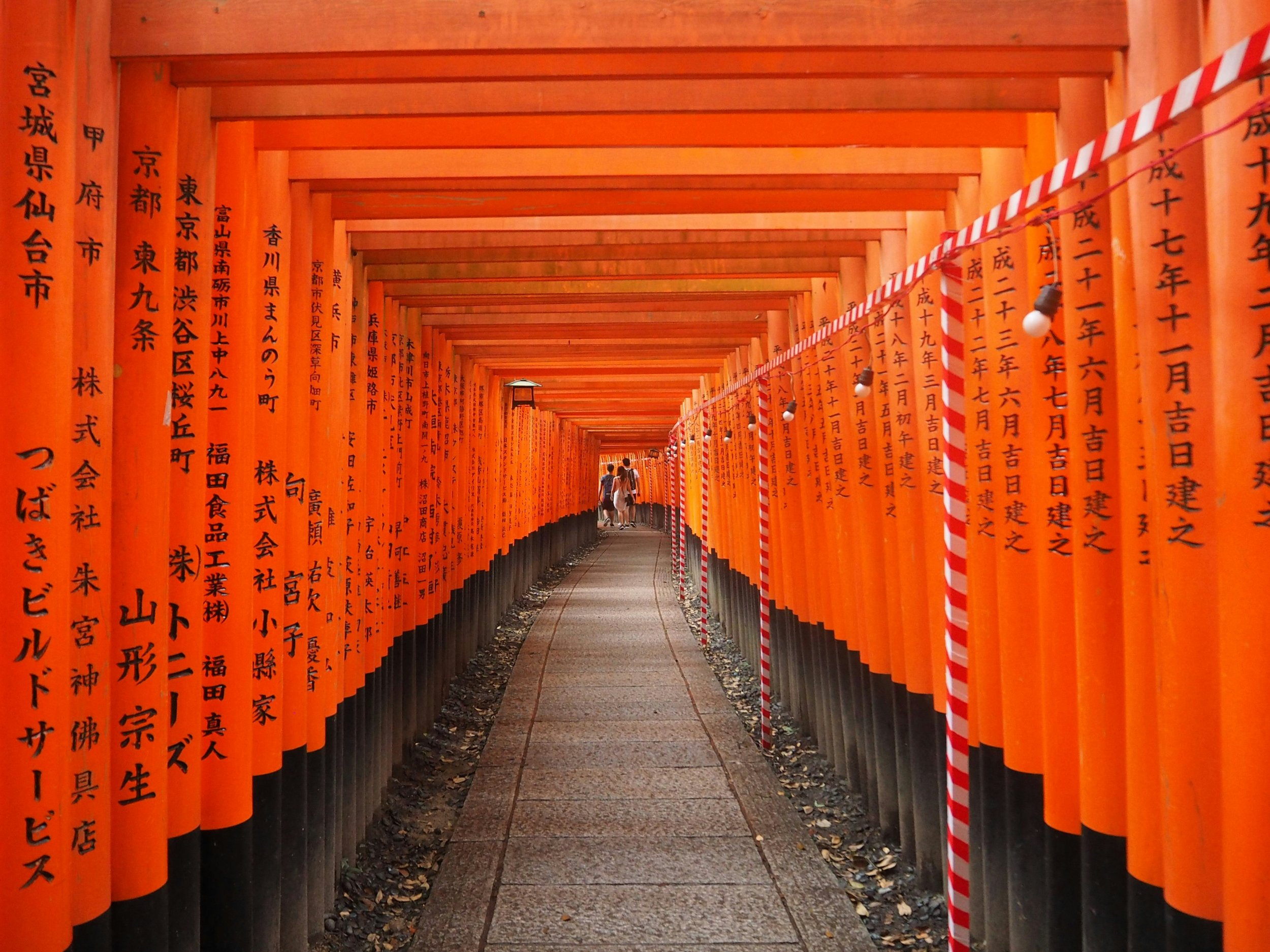
Frequently Asked Questions
Do I need a chasen (bamboo whisk)?
A chasen is one of the essential tools for preparing matcha. While some people find that electric milk frothers work, we recommend using a chasen for the best matcha experience. The fine bamboo tines help evenly disperse the matcha powder in water, creating a smooth and creamy foam. Electric whisks can sometimes over-mix the matcha, resulting in a bitter taste.
Why does my matcha have a short expiration date?
Our matcha is produced by prestigious tea makers in Japan who take great pride in their craft. Once the tea is ground, it has a six-month best-before date to ensure freshness and quality. You can find the best-before date following the Japanese system (YY/MM/DD) on the bottom of the tin.
How should I store my matcha?
Matcha is sensitive to light, heat, and moisture, so it’s best stored in a cool, dry place, away from direct sunlight. After opening, we recommend keeping it in the refrigerator and sealing the tin tightly to maintain its freshness.
What’s the difference between ceremonial and culinary grade matcha?
Ceremonial grade matcha is made from the youngest, highest-quality tea leaves and is intended for drinking on its own. It has a smoother, more delicate flavour. Culinary grade matcha is slightly more bitter and is perfect for use in lattes, smoothies, and baking. Both offer great health benefits, but the taste and intended use are different.
Can I drink matcha if I’m sensitive to caffeine?
Matcha contains less caffeine than coffee but provides a sustained energy boost due to the presence of L-theanine, an amino acid that promotes calmness and focus. However, if you're highly sensitive to caffeine, it’s best to consume it in moderation or consult your doctor.